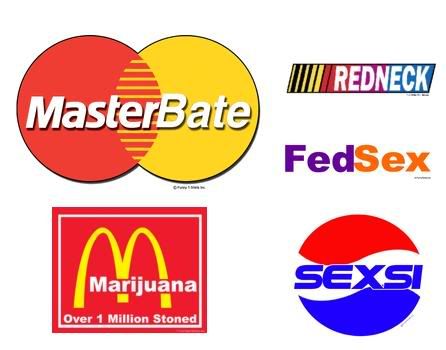Setting your rate as a freelancer can be a tough decision. On top of deciding how much you need to earn in order to pay your bills (and have a little left over), and estimating how much your client will be willing to pay, you’ve got to take a real look at your work and evaluate how much it's worth. And once you’ve spent all that time and energy figuring out your rates, a client will come along and want to negotiate an entirely different rate. Instead of refusing to negotiate, which can eliminate potential business opportunities, hear your client out. You may find yourself in a situation where you want or need a particular project. That puts you in a position where you have to be able to negotiate in order to get a contract. There are ways to make sure that contract is equitable, even if you have to reduce your hourly rate.
1. Let the client start the negotiation. You have more leverage in a negotiation when you aren’t the one asking for a change to standard terms.
2. Look past the dollar signs. The price isn’t the only factor you can negotiate. Maybe you can afford to be flexible on your price if you can change the timeline of the project or get a larger portion of your fee upfront. Everything, from timing to your ability to use stock elements to your ability to subcontract, is on the table when the client starts negotiating.
3. Find out why they’re negotiating. Do some research on your prospective client and find out why they want to negotiate. It may not be a cut and dried matter of price. Maybe they can handle the full price, but not on your typical payment schedule. Maybe they come from a culture where negotiation is the norm. Don’t just assume.
4. Break down the price. Not all clients immediately understand what they’re getting for the price you’ve quoted. If you can explain exactly what you’re offering, you can have an easier time coming to terms close to your initial quote.
5. Forget about one-time deals. Telling a client that you’ll offer them a special deal just this once almost always ends with them expecting that same special deal on all projects to come. It’s important to agree on a rate that you can live with when you work withthat client again.
6. Don’t try to beat your client at the negotiating game. Negotiations don’t have to be a win-lose situation. If you can come to a mutually beneficial agreement, you’re more likely to have a long-term client at the end of the day. That doesn’t mean that you should give up ground, of course — don’t let your client ride roughshod over you.
7. Talk long-term. Whether or not you expect this particular client to bring you work in the future, it’s at least worth mentioning the long-term during your negotiation. It offers you an opportunity to get your client thinking about future work, especially if you’ve been pleasant throughout the negotiation.
If, at the end of a negotiation, you feel like you’ve lost, completing the project will be that much harder. And if the client brings you any new work, no matter what you wind up charging them, it can be harder to get excited about those projects, as well. On the other hand, feeling like you’ve come to terms on a good deal can turn a droner of a project into something worth doing and make you more inclined to take on projects for that client. Do what it takes to come to an equitable arrangement with your clients and, more often than not, you’ll wind up in the second scenario.





























